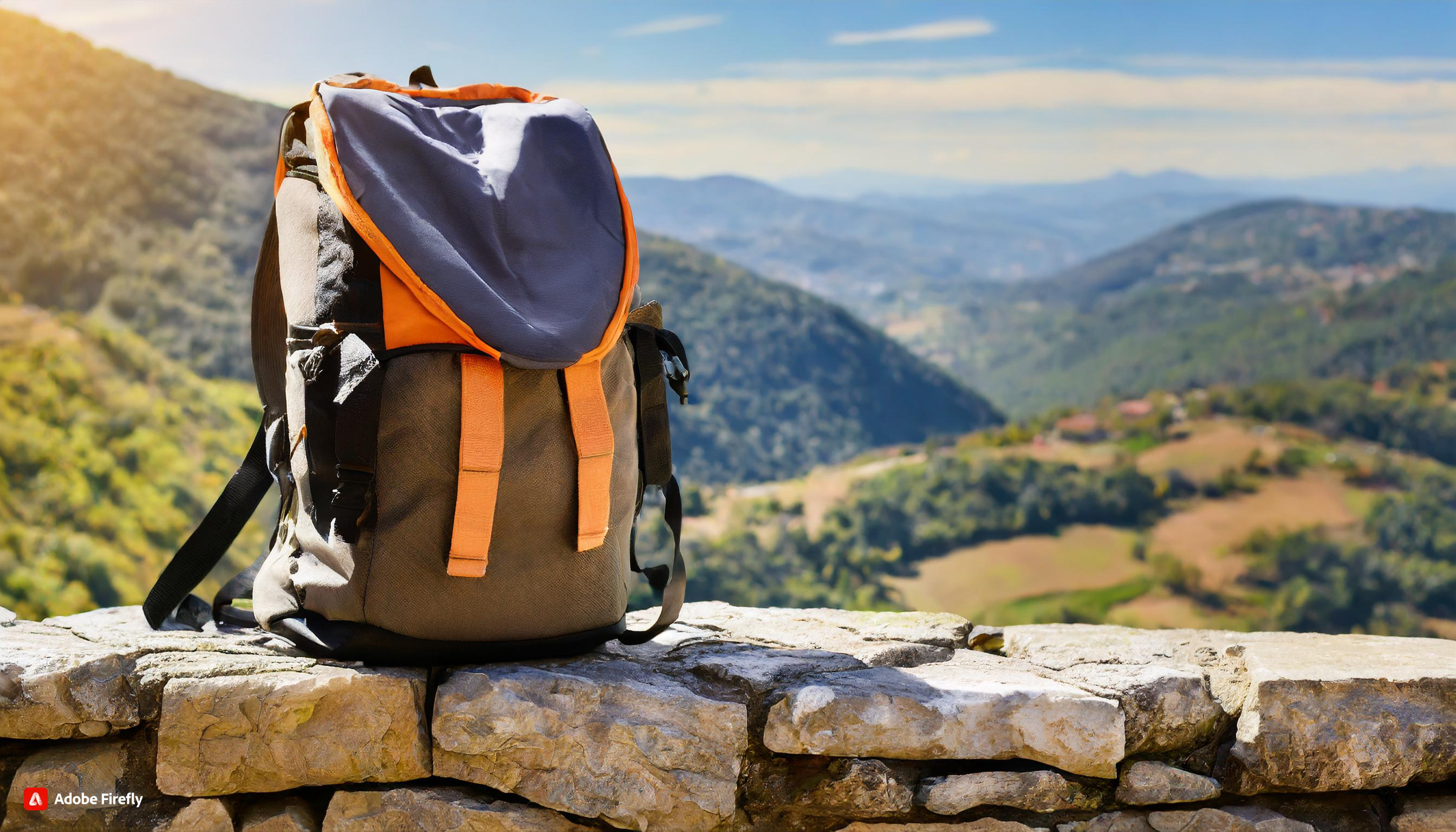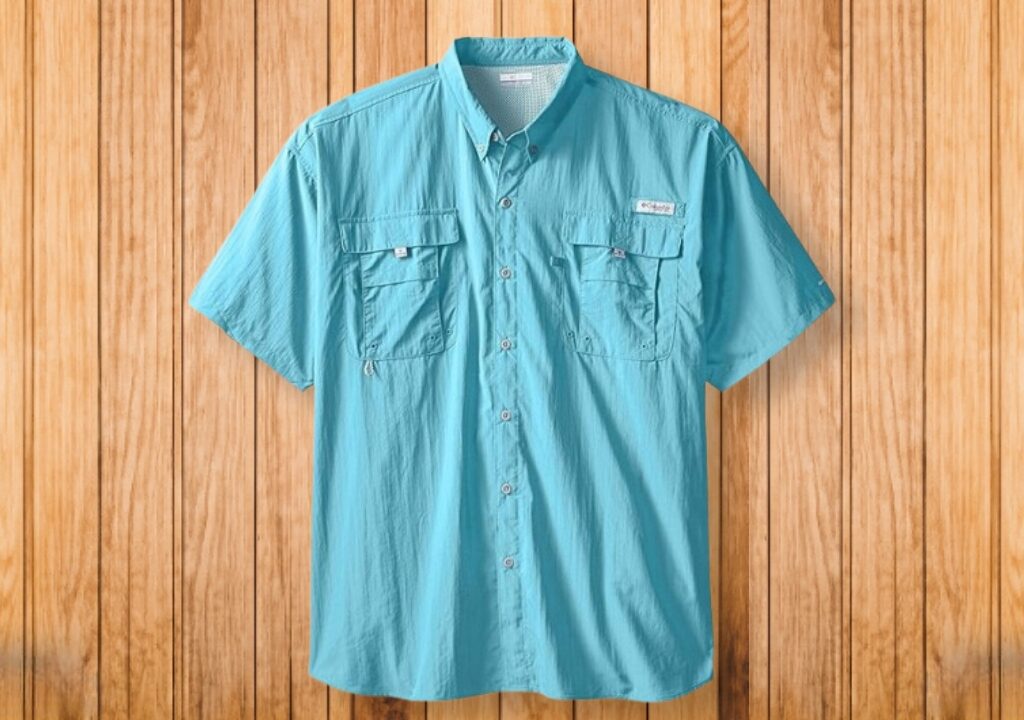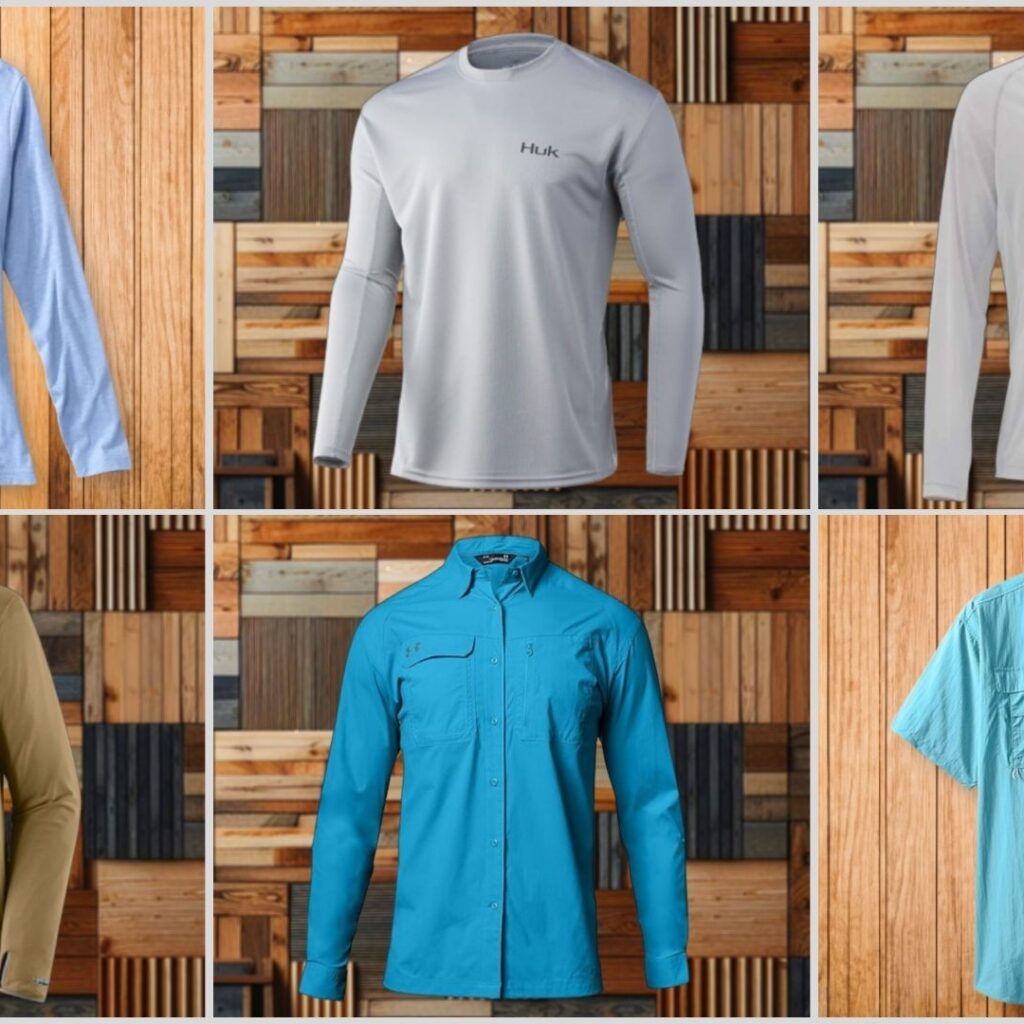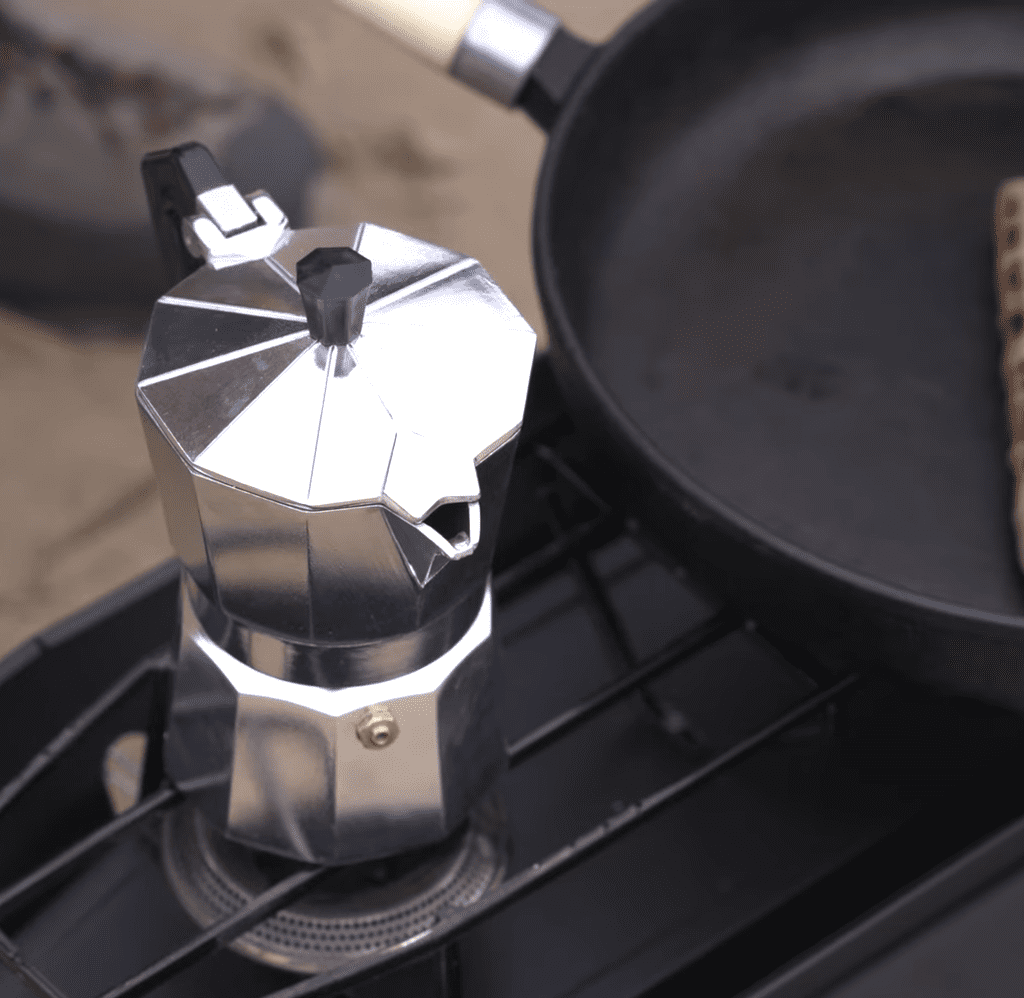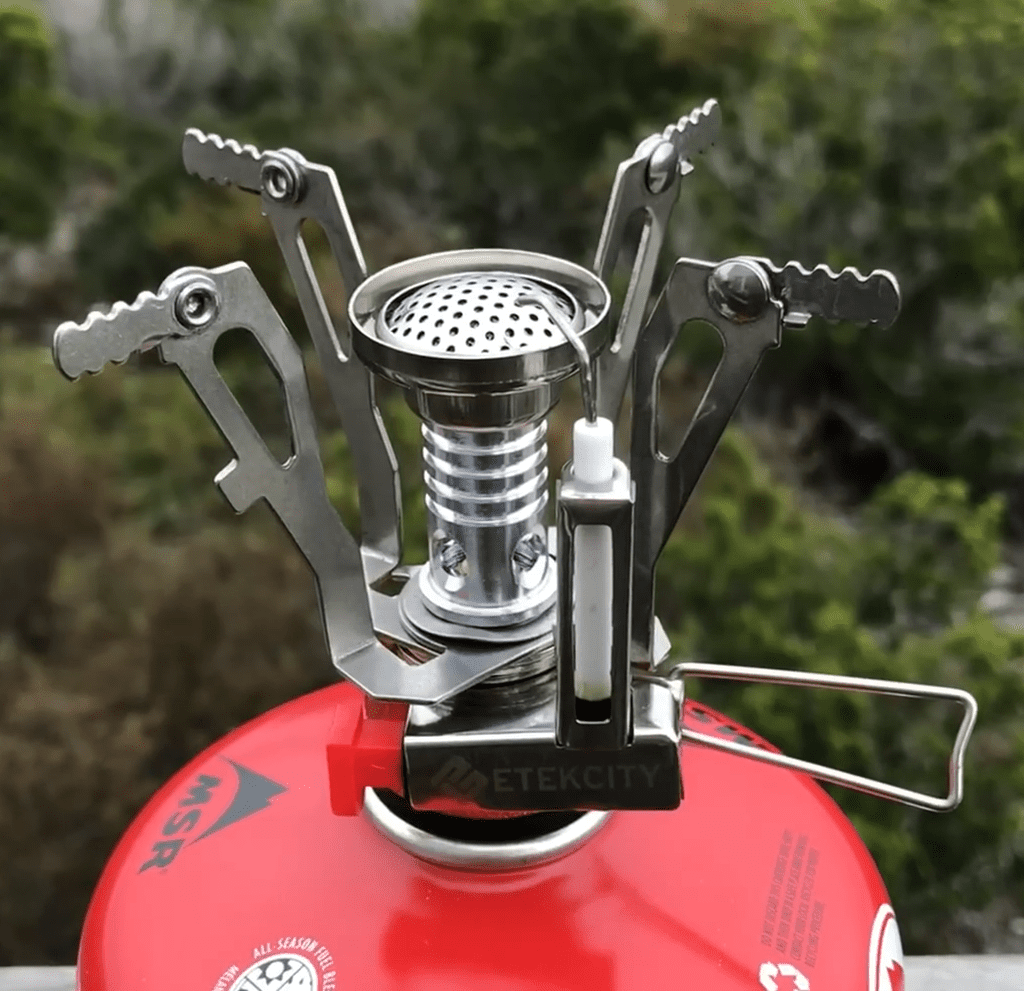Best Ways to Pack a Backpack
Packing a backpack efficiently is essential for any traveler or outdoor enthusiast. It not only ensures that you can fit everything you need but also makes your backpack easier to carry and access. Remember, efficient backpacking is all about optimizing space, weight distribution, and accessibility. By following the simple rule of placing the stuff, you’ll be well on your way to a more comfortable and enjoyable travel experience. In this article, we will explore the top 4 best ways to pack a backpack, so you can make the most of your space and stay organized on your adventures.
1. Roll Your Clothes
One of the most effective ways to maximize space in your backpack is by rolling your clothes instead of folding them. This technique not only saves space but also minimizes wrinkles. Start by laying your clothes flat and then roll them tightly from one end to the other. Stack these rolls side by side in your backpack, filling any gaps and utilizing the entire space efficiently.
2. Heaviest Stuff at the Bottom
One of the most important tips to keep in mind is to pack your heaviest items at the bottom of your bag. This simple yet effective technique can make a world of difference in terms of comfort and convenience during your travels.
Why is it important to pack the heaviest stuff at the bottom?
Well, imagine carrying a bag where all the weight is at the top. It would throw off your balance and strain your back. It’s important to distribute the weight evenly to maintain balance and prevent strain on your back. Place heavier items closer to your back and toward the bottom of the backpack.
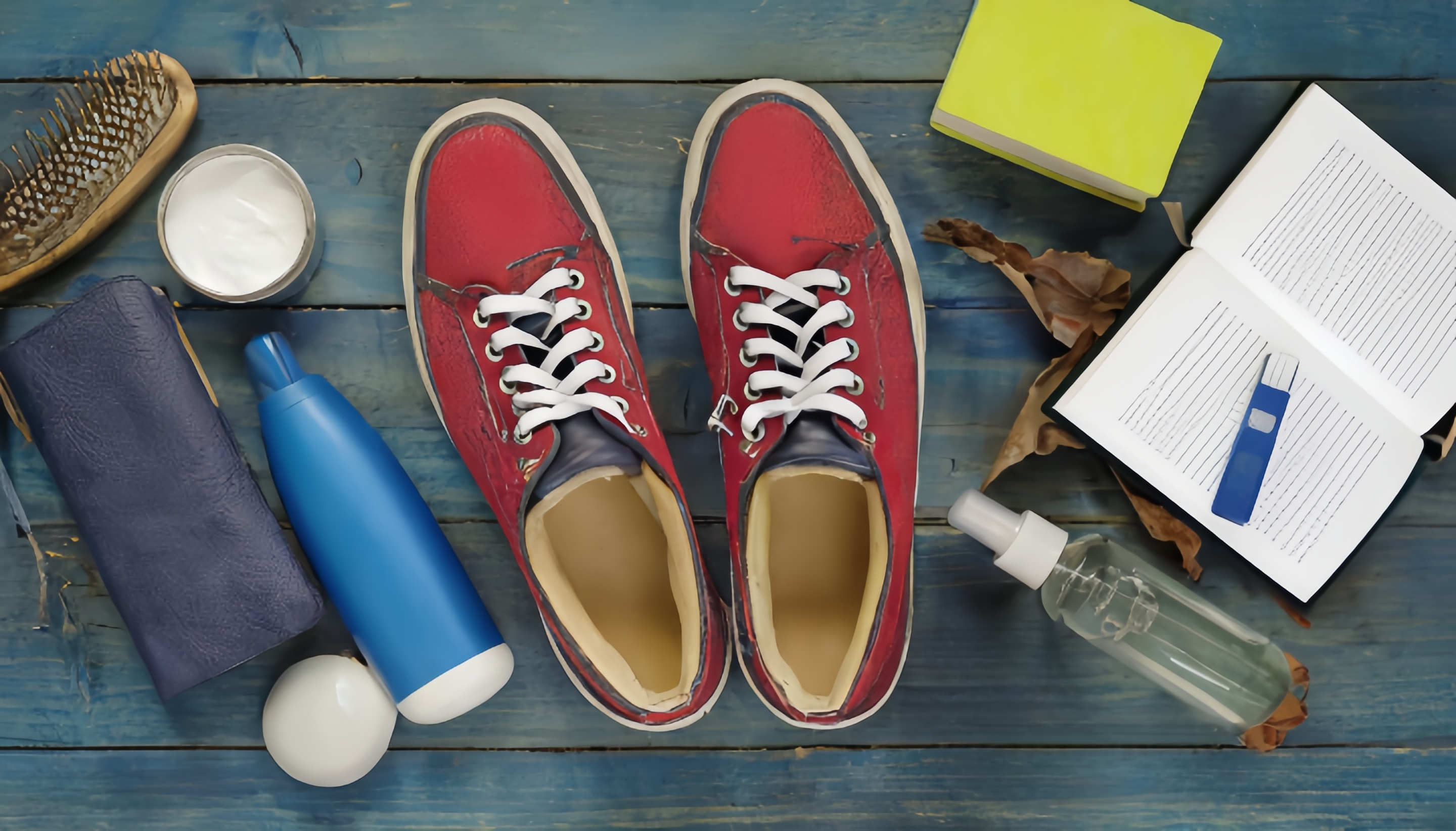
This helps to keep the center of gravity low and provides better stability. So, Start by placing your heaviest items, such as shoes, toiletries, or books, at the bottom of your bag. These items tend to be more compact and dense, providing a solid foundation for the rest of your belongings.
3. Things You will Need First on Top
The key to a successful backpacking trip is being prepared. By having these essential items at the top of your packing list.
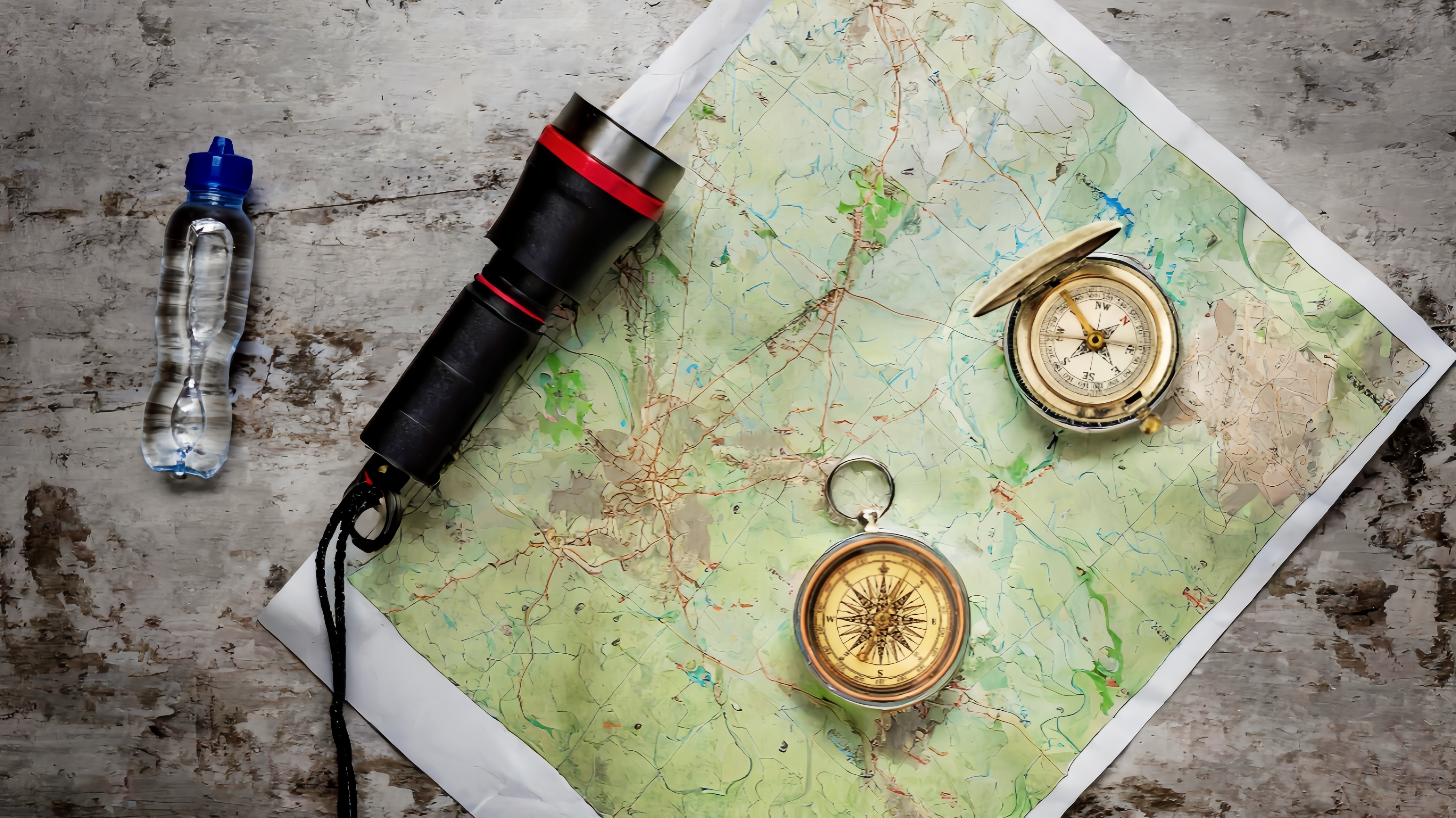

- Proper Clothing: Choose clothing that is appropriate for the climate and activities you’ll be engaging in. Pack lightweight and versatile items that can be layered for warmth. Don’t forget essentials like a rain jacket, hat, and comfortable footwear.
- Navigation Tools: Ensure you have the necessary tools to navigate your way through unfamiliar territories. A map, compass, and GPS device will help you stay on track and avoid getting lost. Familiarize yourself with the route beforehand to minimize any potential mishaps.
- First Aid Kit: Accidents happen, so it’s crucial to have a well-stocked first aid kit. Include items like bandages, antiseptic ointment, pain relievers, and any prescription medications you may require. Familiarize yourself with basic first-aid procedures before your trip.
- Hydration and Nutrition: Stay hydrated and energized by carrying a reusable water bottle and packing nutritious snacks. Dehydration and hunger can quickly dampen your spirits, so be prepared with plenty of water and food that won’t spoil easily.
- Personal Safety Items: Take precautions to ensure your personal safety. Carry a whistle, a flashlight, and a multi-tool for emergencies. It’s also a good idea to have a copy of your identification, emergency contact information, and any necessary travel documents.
4. Use a Packing Checklist
On a long-term travel journey, using a packing checklist can make all the difference. It’s easy to forget essential items when you’re caught up in the excitement of planning and packing, but a checklist can help you stay organized and ensure you have everything you need for a successful trip.


By using a packing checklist, you can ensure that you have everything you need for your backpacking adventure. It will save you time, stress, and the possibility of forgetting something important. So, be sure to create and use a packing checklist.
5. Toiletries Checklist
One area that often gets overlooked is toiletries. While it may seem like a small detail, having the right toiletries can greatly enhance your comfort and convenience during your trip. We will discuss the essential toiletries you should consider. here is an essential toiletries checklist that you should keep in mind: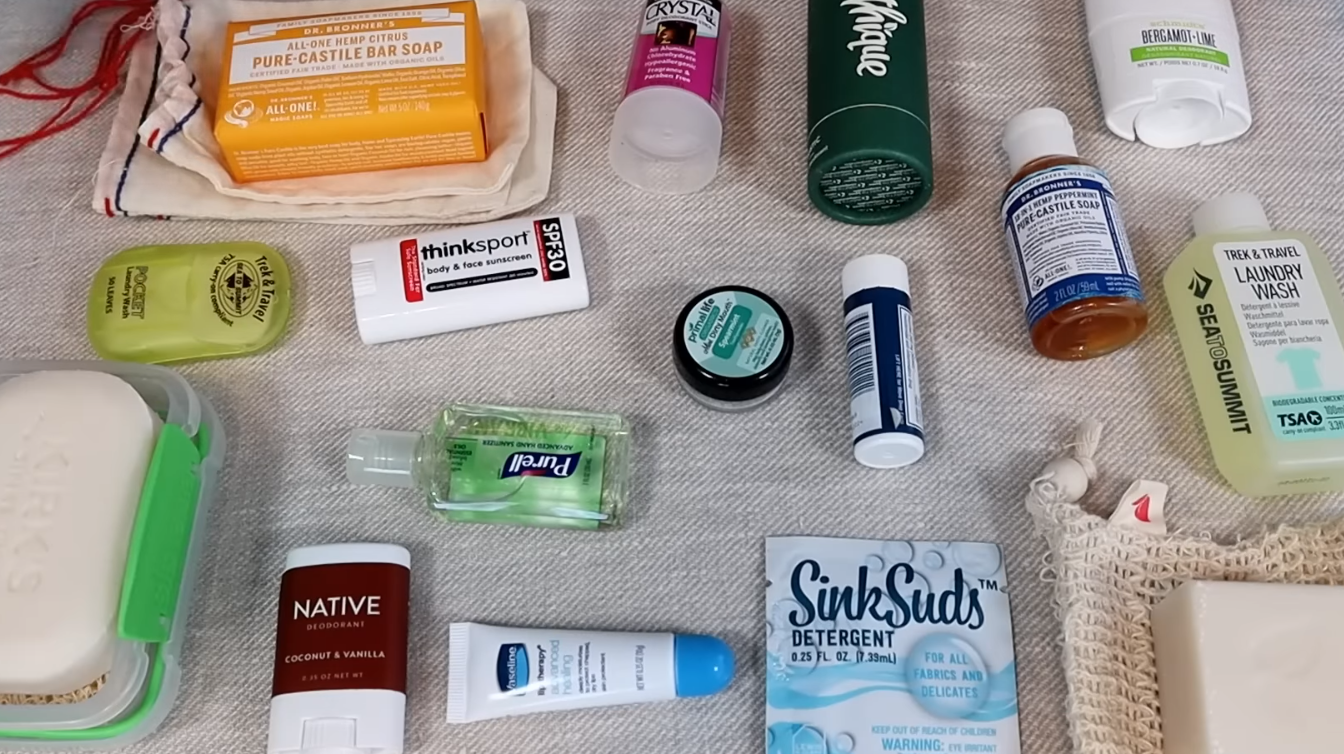

- Toothbrush and Toothpaste: Don’t forget to pack your toothbrush and toothpaste. Keeping your teeth clean and fresh is important, no matter where you are.
- Shampoo and Conditioner: Having a good shampoo and conditioner is essential for maintaining healthy and clean hair while you’re on the go.
- Body Wash or Soap: Make sure to pack a body wash or soap to keep yourself feeling clean and refreshed.
- Deodorant: Stay fresh and odor-free by packing your favorite deodorant. It’s a small item that can have a big impact on your confidence.
- Face Cleanser and Moisturizer: Don’t forget to take care of your skin while traveling. Pack a gentle face cleanser and moisturizer to keep your skin healthy.
- Sunscreen: Protect your skin from the harmful rays of the sun by packing sunscreen with a high SPF.
- Razor and Shaving Cream: If you need to shave during your trip, don’t forget to pack a razor and shaving cream.
- Medications: If you take any medications, make sure to bring enough for the duration of your trip.
- First Aid Kit: It’s always a good idea to have a basic first aid kit with band-aids, antiseptic wipes, and pain relievers.
Remember, this is just a basic toiletries checklist. Depending on your personal needs and preferences, you may need to add or remove items. The key is to pack what you need to stay clean, fresh, and comfortable during your trip.
6. Packing Liquids in a Bag
The most important thing to consider is how to pack liquids. Whether you’re going on a short weekend trip or a long-term adventure, properly packing liquids is essential for a hassle-free journey. First and foremost, it’s crucial to pack liquids in a bag to prevent any potential spills or leaks. No one wants to open their backpack and find their clothes soaked in shampoo or sunscreen. By placing liquids in a bag, you create a barrier that can contain any spills and keep your belongings safe and dry.
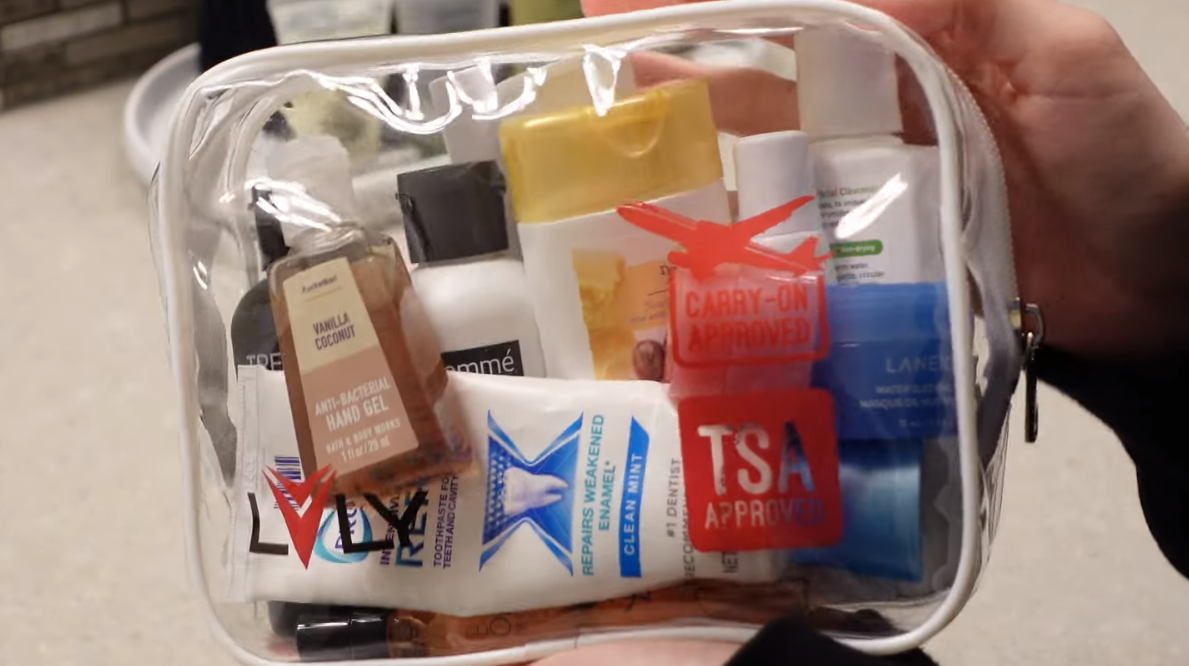

Additionally, packing liquids in a bag makes it easier to organize your backpack. Instead of having loose bottles rolling around, a bag keeps everything in one place. You can use a resealable plastic bag or invest in a specialized waterproof bag designed for travel. This way, you can quickly locate what you need without rummaging through your entire backpack. Another reason to pack liquids in a bag is for security purposes.
If you’re traveling by air, you’ll need to adhere to the TSA’s liquid restrictions. By placing your liquids in a clear, quart-sized bag, you can easily pass through security checkpoints without any issues. This saves you time and prevents any potential delays or confiscations. Lastly, packing liquids in a bag helps with efficient packing.
7. Use Packing Cubes
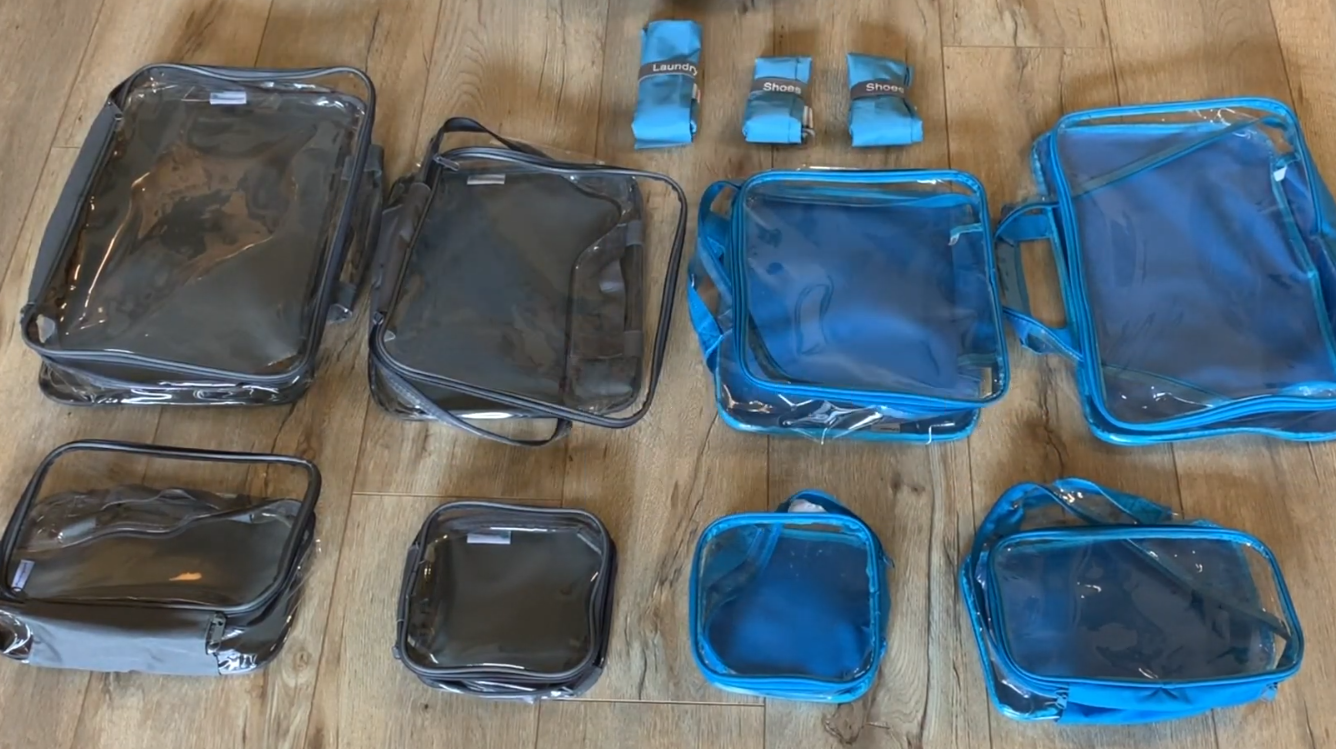

Packing cubes are a game-changer when it comes to organizing your backpack. These lightweight fabric containers help you compartmentalize your belongings, making it easier to find what you need without rummaging through everything. Sort your clothes, accessories, and toiletries into different packing cubes and then place them neatly in your backpack. This method not only keeps your items organized but also prevents them from getting tangled or damaged.
8. Utilize External Pockets and Straps
Make the most of the external pockets and straps on your backpack to store frequently used items or those that you need quick access to. These pockets are perfect for storing a water bottle, snacks, a map, or a rain jacket. Utilize the straps on the outside to attach larger items such as a sleeping pad or a tent. By using these external storage options, you can free up space inside your backpack for other essentials.
9. Use a Travel Wallet
A travel wallet is not only a stylish accessory but also a practical and secure way to keep all your important documents and valuables organized while on the go. When choosing a travel wallet for your backpacking trip, there are a few key features to consider. Firstly, a wallet that is compact and lightweight, as you’ll want to minimize the weight and bulk in your backpack.


One that has multiple compartments and pockets to hold your passport, ID, credit cards, cash, and other essentials. Another important feature is RFID-blocking technology. This will protect your cards and passport from unauthorized scanning and keep your personal information safe. With the increasing prevalence of identity theft, having an RFID-blocking travel wallet is a must.
Additionally, consider a travel wallet that has a secure closure mechanism, such as a zipper or a snap button. This will ensure that your belongings stay securely in place even if your backpack accidentally gets jostled or knocked over. A travel wallet is not just a practical item, but also a fashion statement. It adds a touch of style to your backpacking ensemble while keeping your valuables safe and organized. So, make sure you have the perfect travel wallet to accompany you on your journey.
Conclusion
Packing a backpack efficiently is a skill that can greatly enhance your travel or outdoor experience. By rolling your clothes, packing cubes, distributing weight properly, and utilizing external pockets and straps, you can optimize the space in your backpack and stay organized on your adventures. Experiment with these techniques and find the method that works best for you.

